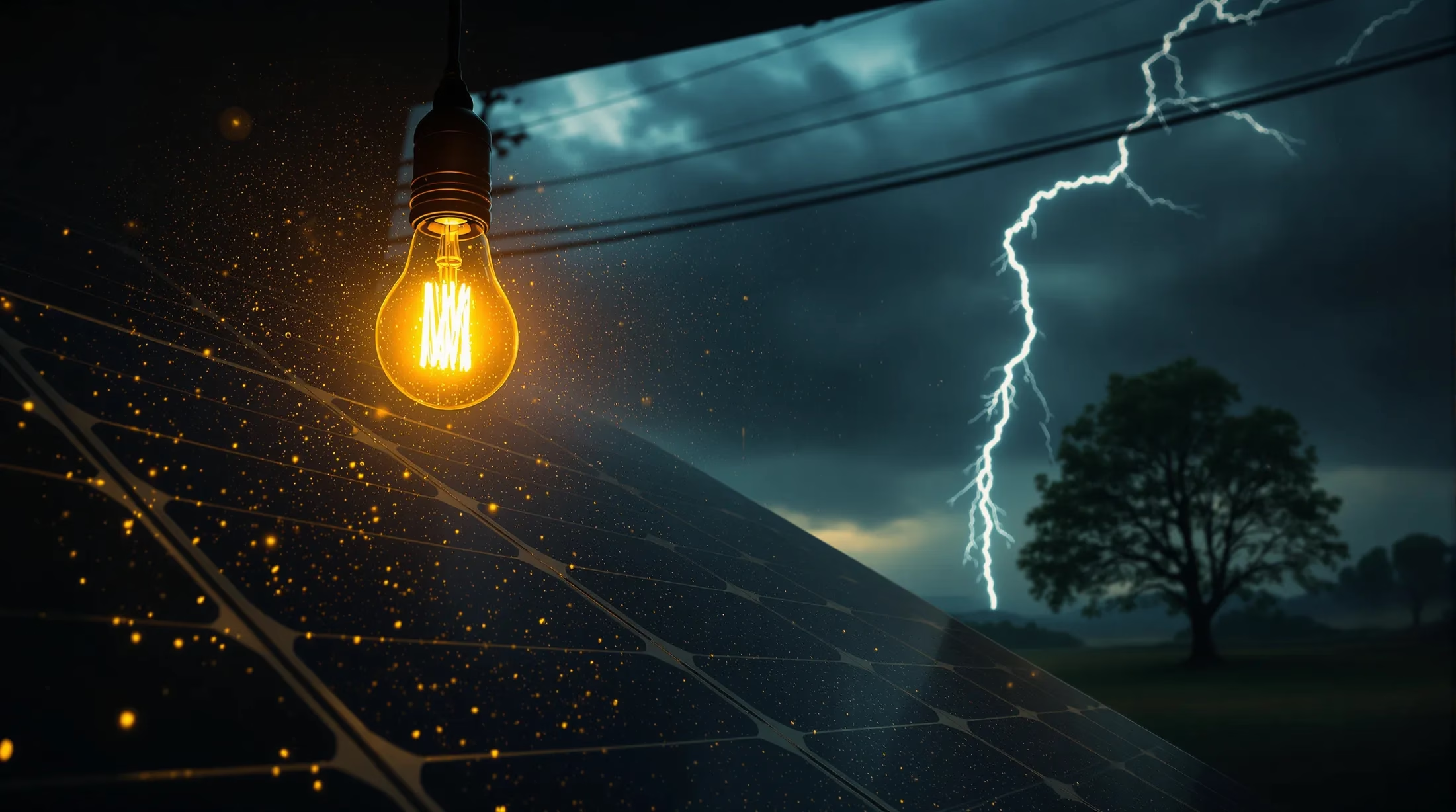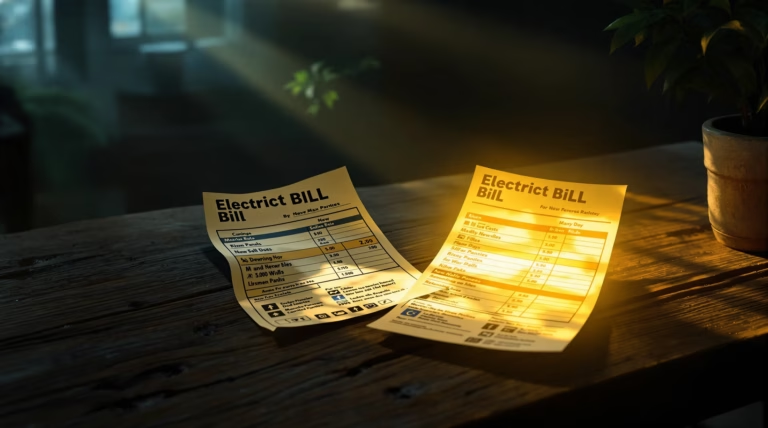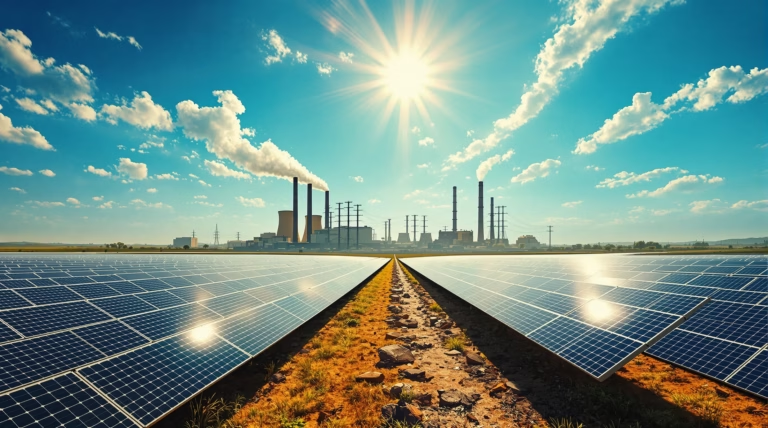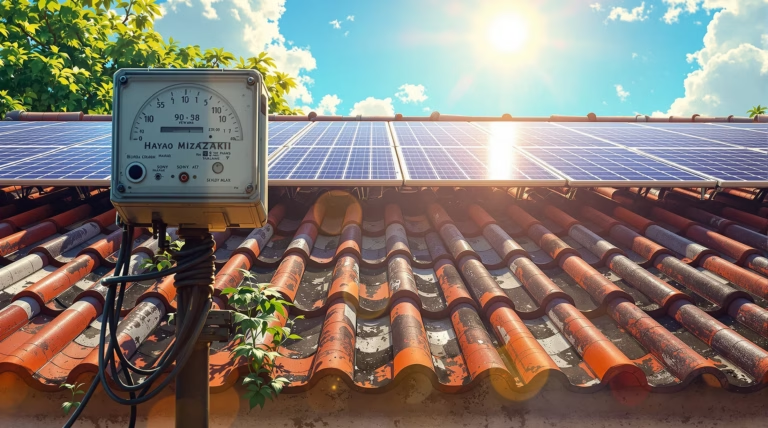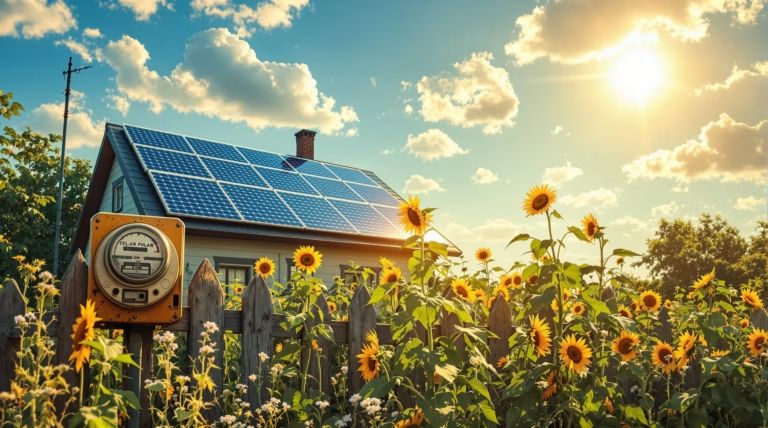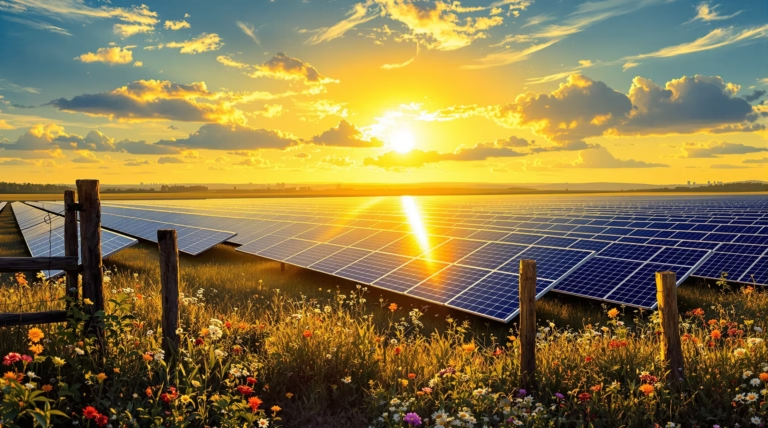If You Have Solar Panels Do You Lose Power? Understanding Outages
Considering installing solar panels or already have them? Understanding how they function during power outages is crucial for making informed decisions about your home’s energy system. Let’s explore the relationship between solar panels and power outages to help you maximize your energy independence.
Understanding Solar Panels and Power Outages
Many homeowners are surprised to discover that their solar panels may not provide power during outages, despite generating electricity independently. Most residential systems include safety features that can prevent operation during grid failures, even on sunny days.
Standard grid-tied solar panel systems automatically shut down during power outages, regardless of their potential electricity production capacity. This safety measure serves a critical purpose in protecting both the electrical infrastructure and utility workers.
How Solar Panels Work
The solar power generation process involves several key components:
- Photovoltaic cells convert sunlight into direct current (DC) electricity
- The DC electricity flows to an inverter for conversion
- The inverter transforms DC into alternating current (AC) electricity
- AC electricity powers household appliances or returns to the grid
- Modern inverters monitor grid conditions and regulate electricity flow
Why Solar Panels May Lose Power During Outages
The primary reason for solar panel shutdown during outages is safety. Grid-tied systems must prevent ‘islanding’ – a dangerous situation where solar-generated electricity could backfeed into the grid and endanger utility workers. This automatic shutdown is mandated by IEEE 1547 regulations, requiring grid-tied inverters to cease power transmission within seconds of detecting an outage.
Grid-Tied Solar Systems and Their Limitations
Most residential solar installations connect to the local utility grid, allowing for two-way electricity flow. While this arrangement offers flexibility, it comes with a significant limitation: grid-tied systems typically cease operation during power outages, even in optimal sunlight conditions.
Safety Mechanisms in Grid-Tied Systems
Anti-islanding protection serves as the primary safety feature in grid-tied solar systems. This mechanism prevents solar-generated electricity from flowing back into the grid during outages, protecting utility workers during repairs. This non-optional safety feature is required by national utility regulations and electrical codes.
The Role of Net Metering
Net metering provides significant advantages for grid-tied solar system owners:
- Credits for excess electricity fed back to the grid
- Reduced or eliminated monthly electricity bills
- Offset nighttime usage with daytime production
- Functions as a virtual energy storage system
- Only operates when the grid is functional
Battery Storage: A Solution for Power Outages
Adding battery storage transforms a standard grid-tied solar system into a reliable power source during outages. This integration allows homeowners to store excess energy and access it when the grid fails, creating a self-sufficient power island. With proper sizing, battery systems can power essential appliances for extended periods, offering true energy independence during grid disruptions.
Battery Storage: A Solution for Power Outages
Types of Batteries for Solar Energy Storage
When selecting solar energy storage solutions, homeowners typically choose between two primary battery types:
| Feature | Lithium-ion Batteries | Deep-cycle Lead Acid Batteries |
|---|---|---|
| Lifespan | 10-15 years | 5-7 years |
| Depth of Discharge | Up to 90% | 50% |
| Maintenance | Minimal | Regular |
| Cost | Higher upfront | Budget-friendly |
Emerging technologies like saltwater batteries and flow batteries offer alternative solutions for specific applications, providing homeowners with additional options based on their unique requirements.
Benefits of Battery Storage During Blackouts
- Seamless power transitions during grid outages
- Continuous operation of essential medical equipment and security systems
- Silent operation compared to fuel-dependent generators
- No manual intervention required for activation
- Smartphone monitoring and control capabilities
- Ability to prioritize power distribution through critical load panels
Modern battery systems provide unprecedented control over energy consumption during outages, offering both practical advantages and peace of mind. As extreme weather events become more frequent, maintaining power independence has evolved from a convenience to a necessity for many households.
Off-Grid Solar Systems: Independence from the Grid
Off-grid solar systems represent complete energy autonomy, operating independently from utility infrastructure. Unlike grid-tied systems, these installations continue generating power during outages, relying solely on solar panels and battery storage for electricity needs.
Designing an Off-Grid Solar System
- Comprehensive energy audit to determine exact household needs
- System sizing 20-30% larger than actual requirements
- Installation of expanded solar panel arrays
- Robust battery bank for multiple days of autonomy
- Charge controllers for battery management
- Off-grid inverters for power conversion
- Backup generator integration
- Advanced energy management tools
Advantages and Challenges of Off-Grid Systems
| Advantages | Challenges |
|---|---|
| Complete energy independence | Higher initial installation costs |
| Immunity to utility outages | Full maintenance responsibility |
| No monthly utility bills | Potential legal restrictions |
| Ideal for remote locations | Required lifestyle adaptations |
Alternative Backup Solutions for Solar Panel Users
Solar panel owners without battery storage can explore various backup solutions to maintain power during outages. These alternatives offer flexibility while maintaining grid connection during normal operations, allowing for a phased approach to energy independence that balances reliability, cost, and sustainability.
Using Generators as Backup Power
Generators provide a reliable backup power solution for solar panel owners during grid outages. These devices transform various fuel types into electricity, ensuring continuous power when both grid and solar systems are down. Natural gas generators offer exceptional convenience through their direct connection to existing gas lines and automatic activation during power failures, eliminating manual intervention during adverse weather conditions.
- Fuel options:
- Gasoline
- Diesel
- Propane
- Natural gas
Solar generators represent an innovative hybrid solution that combines traditional generator benefits with renewable energy principles. These integrated systems include portable solar panels, charge controllers, battery storage, and inverters. Unlike fuel-based generators, they operate silently, produce zero emissions, and require no fuel purchases, though they depend on sunlight for recharging. For existing solar panel owners, these systems provide valuable mobility and flexibility during extended outages.
Innovative Products for Energy Management
| Product | Key Features | Benefits |
|---|---|---|
| Tesla Powerwall | Lithium-ion battery storage, intelligent software, smartphone monitoring | Scalable capacity, critical load prioritization, seamless integration |
| Enphase Ensemble | Microinverter technology, distributed architecture | Microgrid capability, partial system operation during outages |
These modern solutions offer homeowners flexible options between comprehensive battery systems and traditional generators. When considering these alternatives, consulting with your solar provider ensures compatibility with existing installations and helps determine the most cost-effective approach to energy security.

